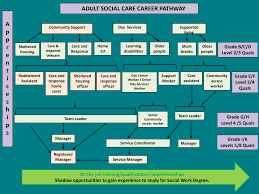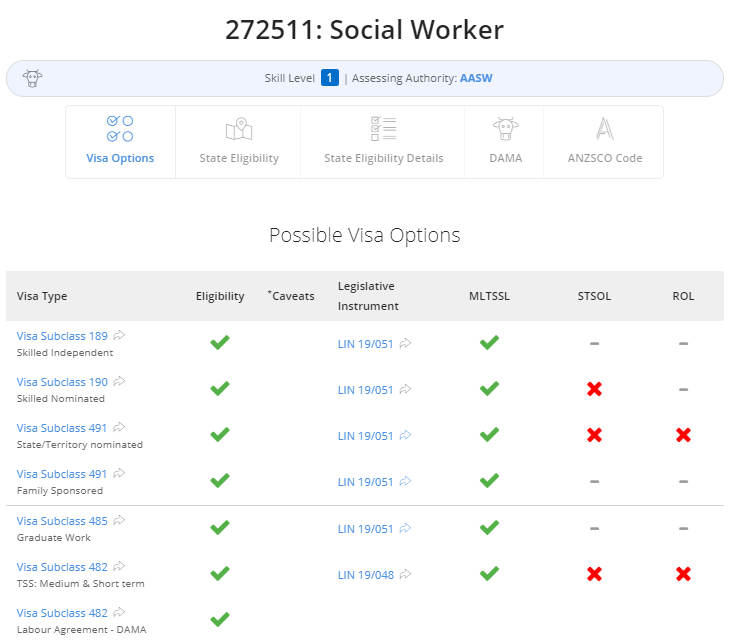
Clear expectations are essential when setting goals and objectives for employees. It makes evaluation more objective, and it reduces the possibility of confusion. It helps employees understand their expectations and work towards them. One example: You might assign a weekly goal to your sales rep so that he or she schedules two appointments per week. Next, identify what behaviors will lead to appointments.
SMART goals are quantifiable
The first step in creating SMART goals for employees is to define them clearly. They should be clear and have clear markers for success. Clarity is a significant deterrent to reaching SMART goals. Include markers that are easily visible in the workplace. For example, you might define a goal as improving the overall efficiency of your office by five percent. Employees will be more motivated to reach their goal by having clear markers. This will allow them to track their progress and will help them to stay on track.
Setting SMART goals is essential. It is important that you have a clear timeframe for the goal. After you have set a time frame, you can then assign tasks to team members. This will allow you to monitor workloads and identify potential bottlenecks. This will help your team to be more focused, reduce stress, avoid overwhelm and manage their time better. A SMART goal can also be used to guide your budget planning process. It will help you determine the resources and tools needed to achieve the goal.
Time-bound
Employees should set time bound goals. This is an essential part in goal-setting in the workplace. Setting deadlines and establishing goals with specific deadlines help employees understand their limits and motivate them to take action. Also, it is crucial to set realistic goals. Unobtainable goals can lead to demoralization and lower employee motivation.

They must be quantifiable, achievable, and specific. They must be related to the organizational goals as well as the development goals of employees. The goals must be time-bound to create urgency in the team. Time-bound goals are more realistic and less likely to become irrelevant as business needs evolve.
Realize your potential
Setting attainable goals for employees is an essential aspect of employee motivation. These goals should be both challenging and realistic, taking into account the available resources. These goals should not be solely based on financial motivation. To inspire employees and foster motivation, it is essential to create a vision of what the future looks like and share that vision with others.
Consider the employee's current workload and available resources when setting performance targets. 8 percent might seem unreasonable if the employee is in sales. A goal of 8 per cent may seem too ambitious for salespeople who can only see a 4% growth. You might consider the achievements of other employees who are in the same role as them if you're new to your company.
Relevant
Setting goals that are relevant to employees is a key part of career development and employee growth. It is crucial to remain competitive in today's marketplace. Employees must be up-to-date with new developments, techniques, and best practice. This is no easy task. Employees are often under increasing pressure and have less time to spare.
It is important to set goals for employees based upon the organization's mission. This will not only motivate the employees but also help the company develop and grow. For instance, if you want to achieve more sales for the company, you could set goals for cross-cultural fluency, efficiency, or productivity. It is possible to make the goals relevant to the company's business needs and still improve your business.

Employee and manager work together to achieve goals
Setting goals can motivate employees and give them feedback. Setting goals gives employees a sense they have control over their work. They also help managers better understand their employees. Goal setting fosters a positive culture in the workplace and builds trust between managers and employees. Employees who set goals feel more aligned with the larger company goals. This can lead to higher productivity and loyalty.
In order for goals to be successful, both the manager and employee must agree on them and communicate them clearly. The two sides should meet regularly to review the goals once they have been established. By doing this, they can discuss roles and decide on new actions that will help them meet their goals. Managers must also inform their employees that they participate and support them when necessary.